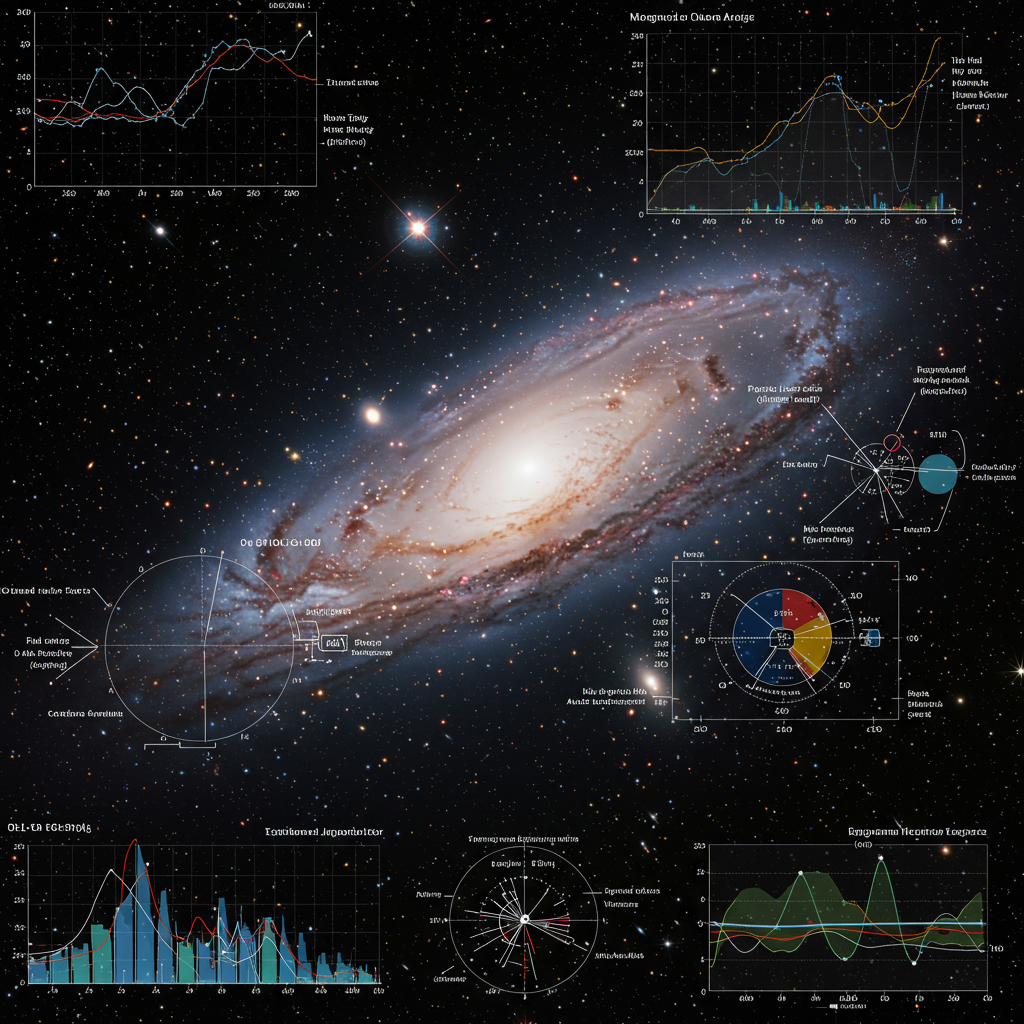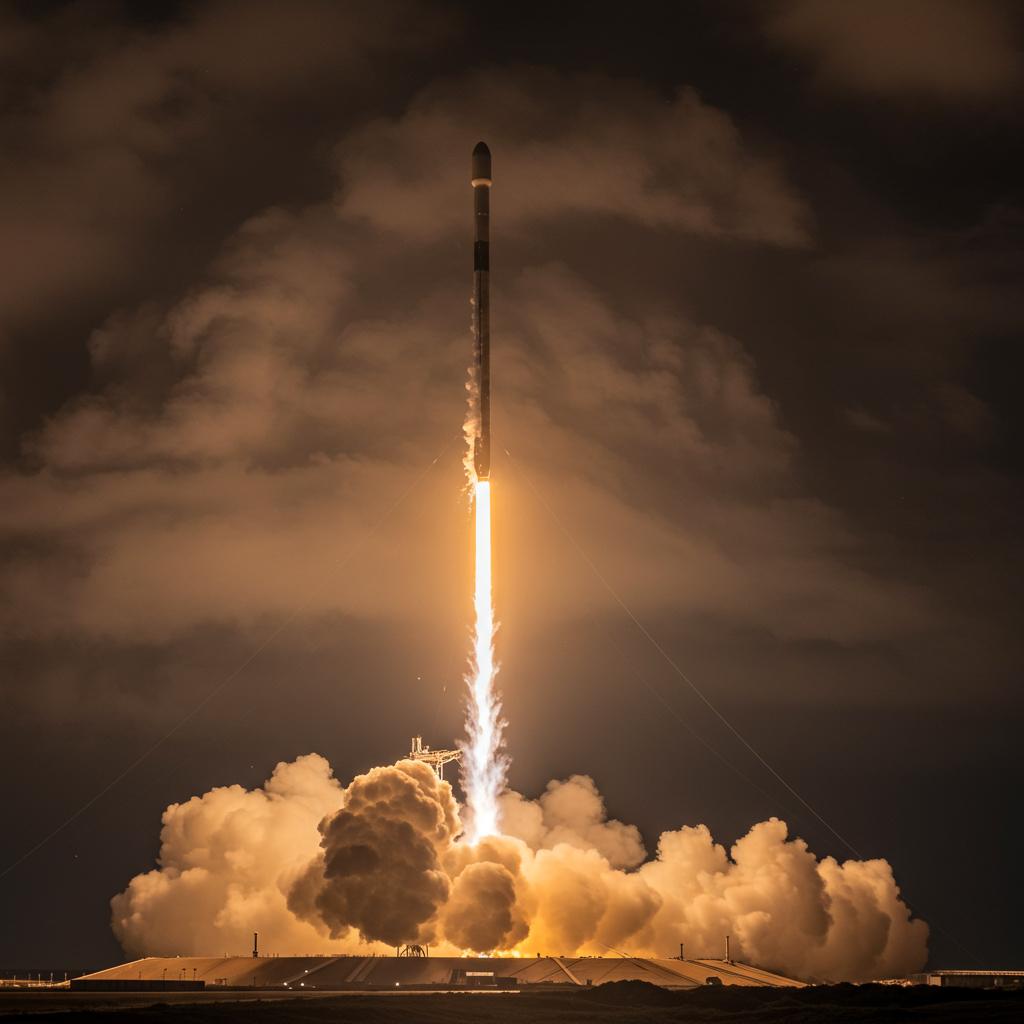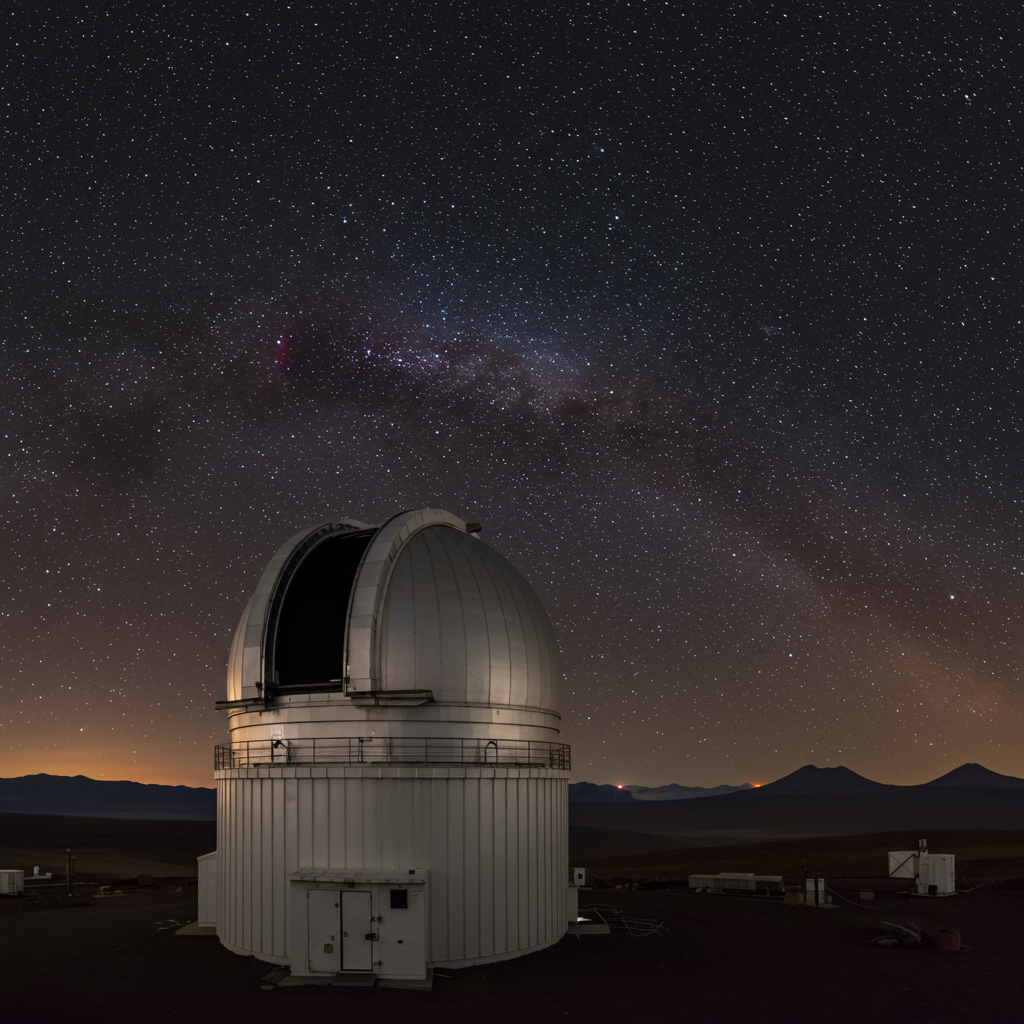Humanity has long gazed at the cosmos, striving to understand its origins, evolution, and ultimate fate. For decades, the prevailing framework has been the standard model of cosmology, often called Lambda-CDM. This model successfully explains a vast range of observations, from the afterglow of the Big Bang (the Cosmic Microwave Background) to the large-scale structure of the universe. It posits that the universe is expanding at an accelerating rate, driven by a mysterious force known as dark energy, represented by a constant value (Lambda).
But recent years have seen cracks emerge in this seemingly solid edifice. Precision measurements of the universe’s expansion rate, particularly, have sparked intense debate among cosmologists: Is it time for a fundamental rethink?
The Universe’s Expansion Rate: A Stubborn Puzzle
At the heart of this debate is the Hubble constant, a value that describes how fast the universe is expanding at the present time. Scientists measure this constant using two primary approaches:
- Looking Back at the Early Universe: By analyzing the Cosmic Microwave Background (CMB), the faint light left over from the Big Bang, scientists can infer the universe’s early expansion rate and extrapolate it to the present using the standard cosmological model. This method consistently yields a lower value for the Hubble constant (around 67.4 km/s/Mpc).
- Looking at the Local Universe: By measuring distances to nearby galaxies using “standard candles” – objects with known intrinsic brightnesses, like certain types of stars (Cepheid variables, Tip of the Red Giant Branch stars) or exploding stars (Type Ia supernovae) – astronomers can calculate how fast these galaxies are receding. This method typically results in a higher value for the Hubble constant (around 73-74 km/s/Mpc).
- Could a completely different model, like the timescape hypothesis, provide a more accurate description of reality without needing dark energy at all?
- www.scientificamerican.com
- www.space.com
- news.uchicago.edu
- www.livescience.com
- www.techexplorist.com
This significant discrepancy, known as the Hubble tension, has persisted for years. If both measurements are correct, it implies that something fundamental changed in the universe over time that the standard model cannot account for, or that the model itself is incomplete or flawed.
New Light from New Telescopes
Recent data from powerful new instruments are adding layers to this complex picture, sometimes offering conflicting clues.
Cosmologist Wendy Freedman, a key figure in past Hubble constant measurements, and her team recently used the cutting-edge James Webb Space Telescope (JWST) to re-measure distances to nearby galaxies. Employing multiple independent methods (including Cepheids, TRGB stars, and a new method using carbon stars), their new value for the Hubble constant comes in around 70 km/s/Mpc. Crucially, according to their analysis, this result falls within the margin of error of the CMB value, potentially reducing or even eliminating the evidence for the Hubble tension and suggesting the standard model might hold up after all, at least on this front.
The Dark Energy Mystery Deepens
Meanwhile, another massive project, the Dark Energy Spectroscopic Instrument (DESI), is creating the largest-ever 3D map of the universe by observing millions of galaxies and quasars across billions of light-years. DESI measures baryonic acoustic oscillations (BAOs) – frozen ripples in the distribution of matter from the early universe that act as a “standard ruler” to map the universe’s expansion history.
Initial results from DESI, especially when combined with data from other experiments like supernovae surveys, provide strong evidence that dark energy might not be constant as assumed in the standard model, but could be evolving over time. While not yet reaching the “gold standard” statistical threshold for a formal discovery, the indication that dark energy is dynamic is compelling (approaching 99.997% confidence when combined with other data). This finding poses a different fundamental challenge to the Lambda-CDM model, potentially requiring “rewriting physics” to explain a force that changes its strength over cosmic history.
A Radical Alternative: The Universe Without Dark Energy?
Adding another twist to the tale, some researchers are exploring cosmological models that propose a radically different explanation for the observed acceleration. The “timescape” hypothesis, for instance, suggests that dark energy may not even exist.
Instead, this model argues that the apparent acceleration is an observational artifact stemming from the universe’s “lumpy” structure. Gravity affects the passage of time, causing it to run slightly slower in dense regions (like within galaxies) compared to the vast, empty voids between cosmic structures. According to this theory, the way we calibrate time and distance across this non-uniform cosmos leads to the misinterpretation of differential expansion as acceleration driven by a mysterious force like dark energy. New analysis of supernova data is providing support for this alternative framework, which could potentially resolve the Hubble tension without invoking dark energy.
What Lies Ahead?
The current era in cosmology is one of exciting tension and discovery. New, high-precision data from telescopes like JWST and surveys like DESI are providing unprecedented insights, but also raising profound questions.
Does the JWST data mean the Hubble tension isn’t a major problem, suggesting the standard model is robust?
Or does the DESI data reveal that the real issue lies with the nature of dark energy itself, requiring new physics beyond our current understanding?
Future observations from ongoing DESI mapping and upcoming missions like the European Space Agency’s Euclid satellite and NASA’s Nancy Grace Roman Space Telescope will provide even more data, helping scientists test these competing ideas and hopefully converge on a clearer picture of the universe’s true nature. While the standard model has served us well, the possibility that fundamental aspects of our cosmic understanding might need revision makes this a truly fascinating time in cosmology. The debate is far from settled, and the next few years promise to be pivotal in potentially revealing if it’s truly time for a new model of the universe.




